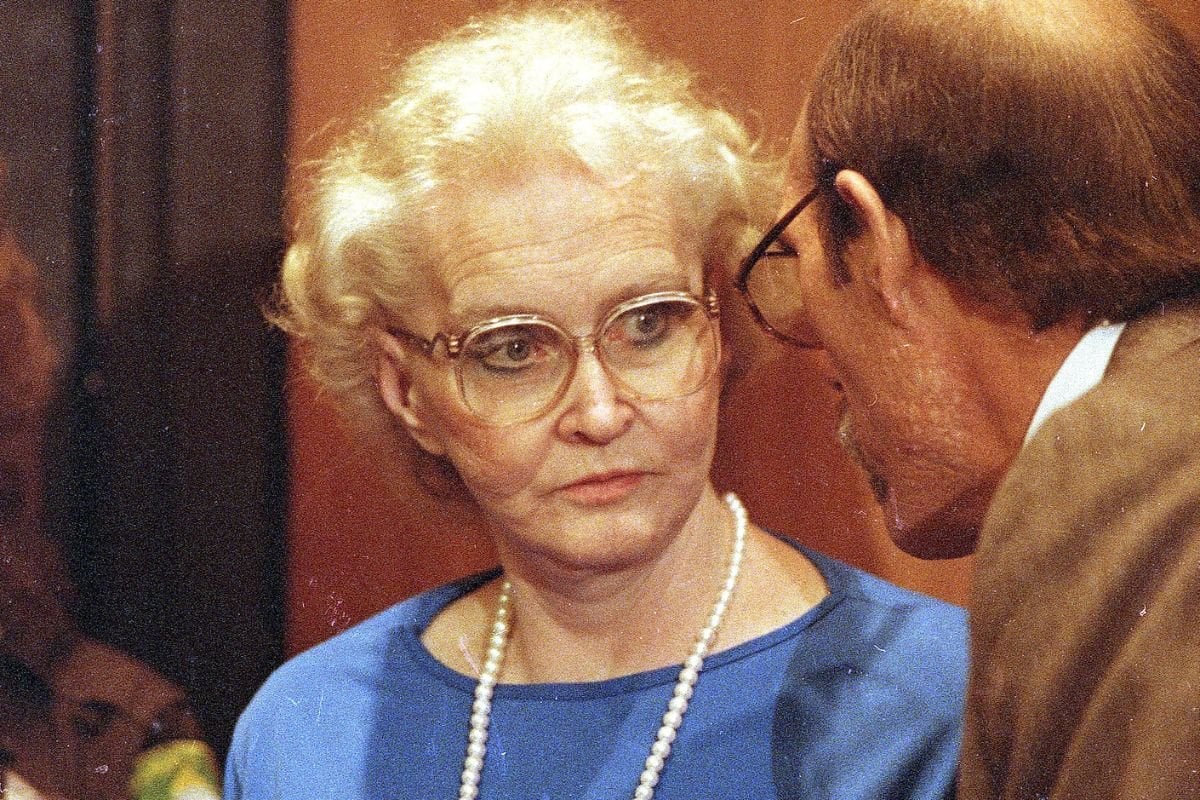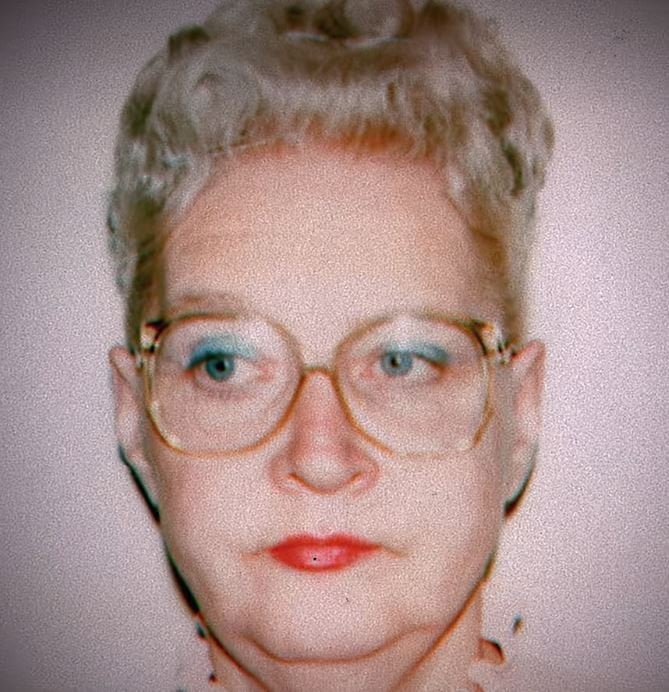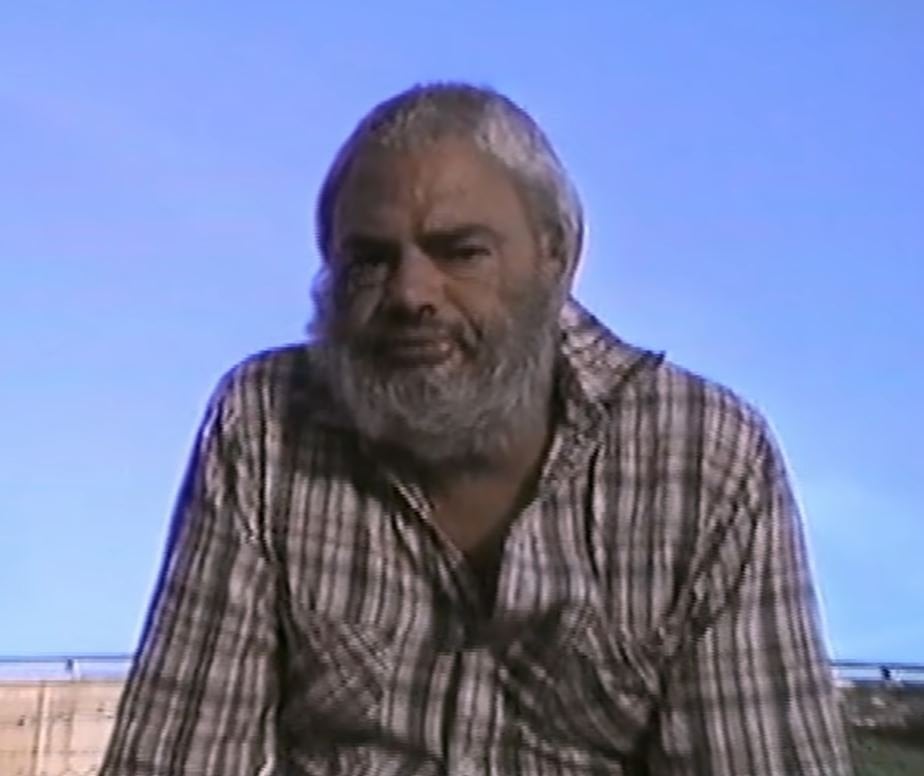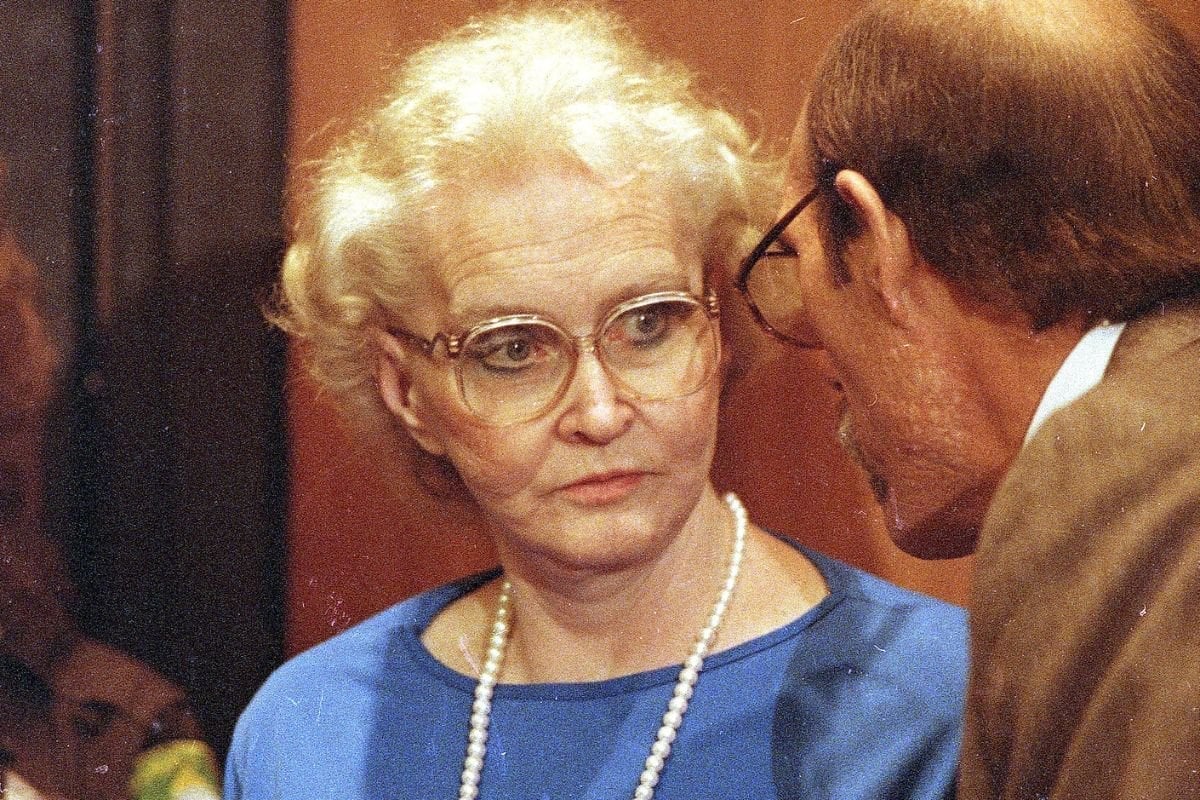
With her colourful cardigans, pearl necklaces and neat grey perm, Dorothea Puente's boarding house was in hot demand.
She was the sweet old lady who took in society's most vulnerable - the disabled, elderly and homeless, in Sacramento, California. She put a roof over their head, food in their belly and gave them a place to call home.
Social workers went out of their way to get their clients a spot there. But behind closed doors it was a nightmare.
Watch: The couple living in Puente's house now. Post continues.
Dorothea Puente was lying about everything. Her age (she was much younger than she pretended to be), her name, her background (she had a criminal rap sheet) and motive in running the boarding house.
She wasn't 'giving back to society,' she was stealing her tenants' social security and disability checks and murdering them - burying their bodies in her backyard.
She murdered up to nine people before finally the disappearance of one particular tenant became her undoing.
Four husbands and an obsession with lying.
Dorothea was married by the age of 16. She had two daughters with her first husband, but the first was sent off to live with family and the second ended up in an orphanage.



